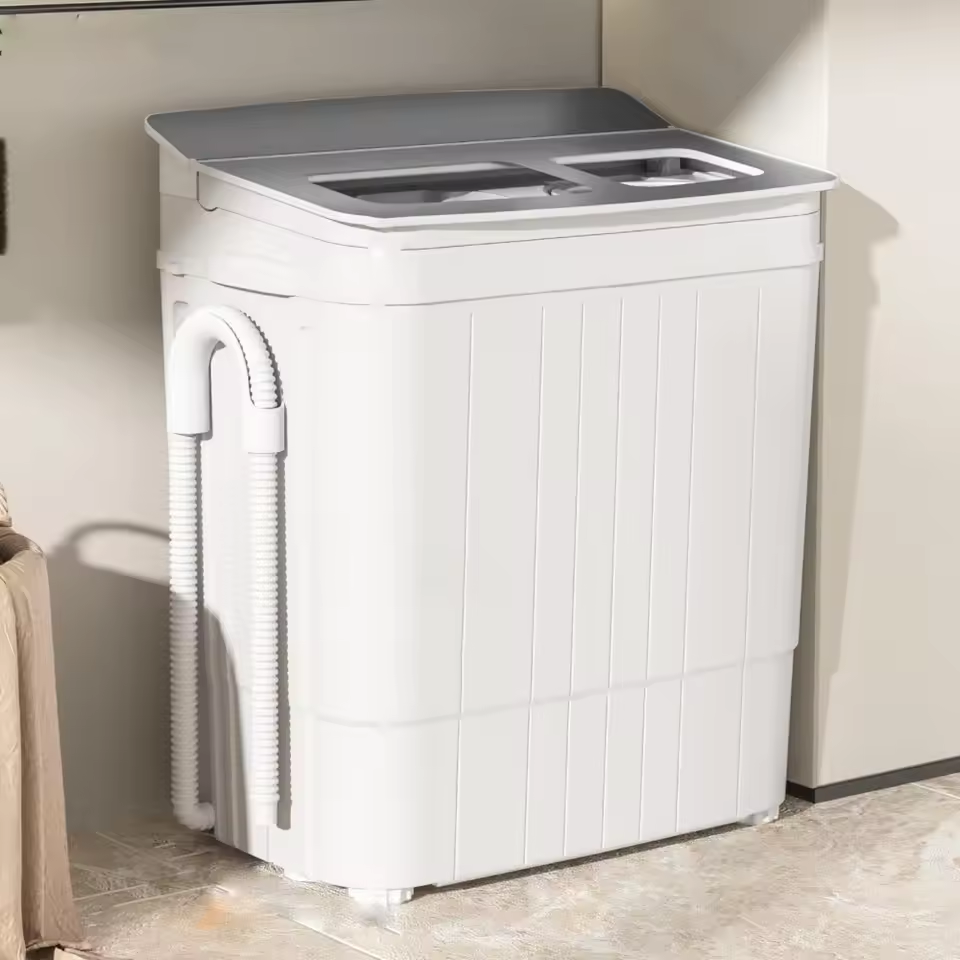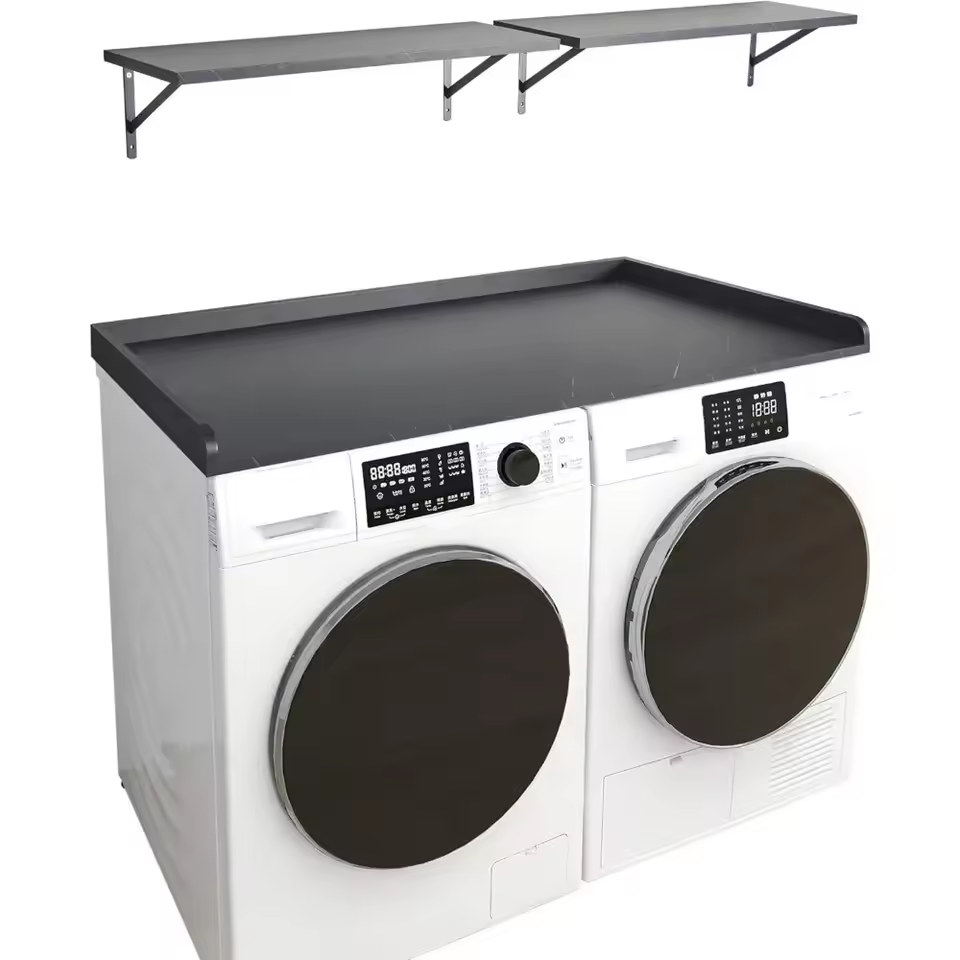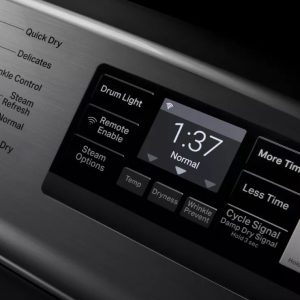Where Does Detergent Go in a Washing Machine? Step-by-Step
Types of Washing Machines and Detergent Dispensers
Knowing where the detergent goes in your washing machine is key to effective laundry. Let’s explore the different types of washing machines and their specific detergent dispensers.

Front-Loading Machines
Front-loading machines are popular for their efficiency. They have a dedicated detergent drawer, usually located above or next to the door. The drawer often has compartments for detergent, fabric softener, and bleach. Always measure and pour liquid or powder detergent in the marked compartment.
Top-Loading Machines
Top-loading machines often feature a central agitator. Some models have a built-in dispenser where you add detergent before loading your laundry. If not, you might pour it directly over the clothes, but it’s important to start the water first to avoid detergent spots on fabrics.
High-Efficiency Machines
High-efficiency (HE) machines use less water and require HE detergents. These machines usually have a separate compartment for HE detergent, often marked clearly. Using the correct compartment ensures the detergent is released at the optimal time during the wash cycle.
Selecting the Right Detergent
Choosing the right detergent is as crucial as knowing where does detergent go in washing machine. Different detergents work best for specific types of machines and stains. Here’s how to determine the best option for your laundry.
Liquid Detergents
Liquid detergents are versatile and dissolve easily in water, making them a great choice for general laundry needs. They are especially effective at treating oil or grease stains. Measure the right amount using the cap and pour it into the appropriate compartment if using a front-loading machine, or directly into the water for top-loading machines.
Powder Detergents
Powder detergents are ideal for general wash loads and are particularly effective on ground-in dirt. They can be more economical, but it’s important to use the right amount to avoid residue. Add powder detergent into the designated compartment in front-loaders or sprinkle it over the laundry after you’ve started the water in top-loading machines.
Detergent Pods
Detergent pods are convenient, pre-measured doses of detergent. They are hassle-free and eliminate the guesswork in dosage. Place a pod at the bottom of the drum before adding laundry in both front-loading and top-loading machines. Ensure they don’t get tossed into the dispenser drawer as they need to dissolve in the main wash compartment.
Loading Detergent in Front-Loading Machines
Front-loading washing machines make detergent placement simple. They provide a detergent drawer, typically divided into compartments. This helps you sort detergent, fabric softener, and bleach.
Using the Detergent Drawer
To use the drawer effectively, follow these steps:
- Locate the drawer near the machine’s door.
- Find the compartment labeled for detergent.
- Measure the detergent using the cap.
- Pour the measured detergent into the compartment.
- Close the drawer gently before starting the machine.
This method ensures the detergent mixes with water at the right time, optimizing your wash.
Pre-treating Stains
For stubborn stains, pre-treating is key before the wash cycle starts:
- Apply a small amount of liquid detergent directly on the stain.
- Gently rub the detergent into the fabric.
- Allow it to sit for a few minutes.
- Load the clothing into the machine and proceed as usual.
Pre-treating helps break down tough stains, making it easier for the washing cycle to remove them completely.
Loading Detergent in Top-Loading Machines
Top-loading washing machines are not all built the same, and understanding where to load detergent is critical for optimal cleaning results.
The Role of the Agitator
In top-loading machines, the central agitator plays a key role in moving clothes through the water and detergent mix. When adding detergent, either pour it into the built-in dispenser or directly onto the clothes. If pouring over clothes, make sure the detergent is evenly dispersed for best cleaning action.
Directly Into the Drum?
If your top-loading machine does not have a central agitator, you might be wondering if you should pour detergent directly into the drum. For these machines, starting the water first is essential. Then, add detergent so it can dissolve before you drop in your laundry. This prevents any detergent residue on clothes and makes sure the detergent is well-mixed with the water.
Detergent Placement in High-Efficiency Machines
High-efficiency (HE) machines use less water and save energy. Correct detergent placement is crucial in these machines to ensure they clean effectively. Here’s what you need to know about using detergents in HE machines.
Importance of HE Detergents
HE machines require low-sudsing HE detergents. These detergents disperse quickly in low water levels. They clean without leaving residues that can clog the machine’s systems. Always look for the ‘HE’ label on detergents. This will match your high-efficiency machine. Using regular detergents can lead to excess suds. It can also result in incomplete rinsing and reduced cleaning performance.
Using the HE Detergent Compartment
HE machines have a clear label on the detergent compartment for HE detergents. Here are steps to follow:
- Identify the HE labeled compartment.
- Measure the right amount of HE detergent.
- Pour it into the compartment.
- Avoid filling past the max-fill line to prevent spills.
This ensures proper release of detergent during the wash cycle. Following these steps, and using the correct HE detergents, you’ll keep your machine running smoothly. You’ll also get the best possible clean for your laundry.
Dos and Don’ts of Detergent Placement
Proper detergent placement is crucial for effective laundry and machine care. Here’s what you should and should not do.
Overloading Detergent
Avoid using too much detergent. More is not always better. Overloading can cause excess suds and leave residues. This can affect the washing and rinsing cycle. It may also lead to machine problems. Check detergent instructions and use the right amount for your load size.
Handling Detergent Spills
Spills can happen. If they do, wipe them up promptly. Use a damp cloth to clean any detergent that has spilled in or around the dispenser. This will prevent buildup and blockage. Regularly check the area for any unintended leaks or spills to maintain your machine’s cleanliness.
Maintenance of the Detergent Dispenser
Maintaining your machine’s detergent dispenser is key for peak performance. Here are best practices:
Regular Cleaning Practices
- Remove the detergent drawer after each wash cycle. Rinse it with warm water to remove residue.
- Use a soft cloth or brush to clean the drawer. Focus on corners and crevices where detergent can build up.
- Dry the drawer completely before putting it back into the machine. This prevents mold and odors.
- Clean the area where the drawer fits into the machine. Detergent can spill here and cause blockages.
- Perform these steps monthly, or more often if you wash frequently. Regular care keeps dispensers in top condition.
By following these simple steps, you ensure that your detergent dispenser works efficiently. This way, when you wonder where does detergent go in washing machine, you know it goes into a clean space.
Troubleshooting Common Issues
If you face issues with your detergent dispenser, here’s what to do:
- If the drawer sticks, apply a thin coat of petroleum jelly to the sides to ease movement.
- When detergent does not dispense, check for clogs in the drawer and clear them.
- Detergent residue can cause blockages. Soak the drawer in hot water with vinegar to dissolve build-ups.
- If problems persist, consult your machine’s manual or contact customer service. They can provide model-specific advice.
Addressing these common issues can keep your laundry day hassle-free. It makes sure the detergent goes where it is supposed to in your washing machine.





